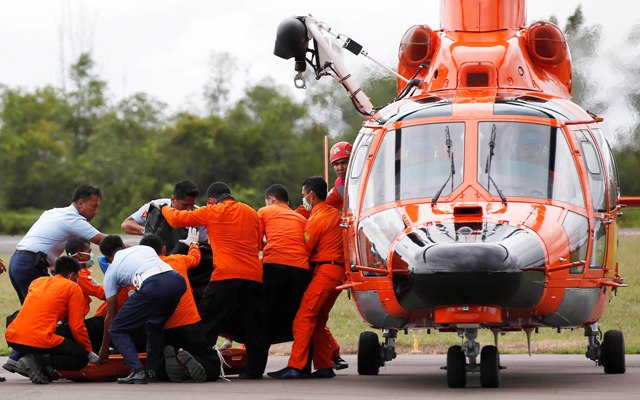
Six days after the AirAsia flight QZ8501 crashed into the Java Sea, a team of specialists will begin hunting for the black box of the ill-fated plane that could hold the answer to what transpired in the final moments.
France deployed a team from its air accident investigation authority, the BEA, on Friday with sophisticated equipment including hydrophones, and side scan sonar and pinger locators, while 29 ships and 17 planes are involved in the search.
"A ship will be taking the investigators to the search area, with detection equipment including hydrophones, in order to try to locate the acoustic beacons from the two flight recorders," BEA said, according to Channel News Asia, which reported that the agency was involved as the aircraft was manufactured by France-based Airbus.
The black box records cockpit conversations as well as warnings and are designed to emit electronic signals even underwater for almost a month.
The retrieval of the black box will help identify what went wrong when the plane hit rough weather a little after take-off on Sunday, with the AirNav Indonesia stating that an 'abnormal situation' occurred.
Several experts believe that the plane may have stalled as the pilot attempted to make an "unbelievably steep" climb to 38,000 feet to avoid stormy weather.
However, officials said it could be almost a week before the black box is retrieved, given the rough conditions at sea which have slowed down search operations.
The Malaysian Chief of Navy on Friday tweeted saying that the 'Most Probable Area' for the search of the plane has been demarcated within 1,575 square nautical miles.
16 bodies of passengers on the flight have been found so far. There were 162 people, including the crew, on board.
UPDATE: 29 ships, 17 planes involved in search for #QZ8501 black box, wreckage today: BASARNAS http://t.co/ELvc0xbVUG pic.twitter.com/ATN13TD8zC
— Channel NewsAsia (@ChannelNewsAsia) January 2, 2015















